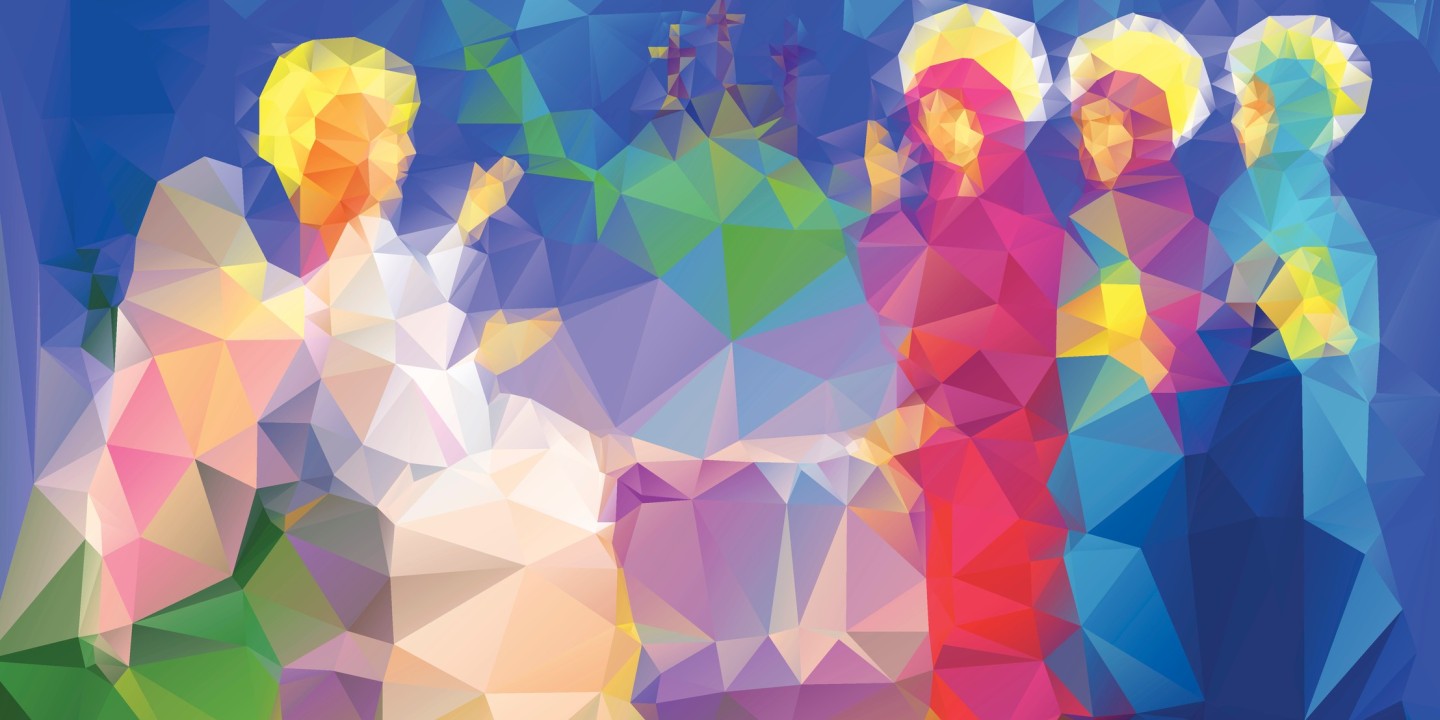Preaching on Easter Sunday isn’t about convincing people
Resurrection isn’t something we explain. It’s something we live and breathe.

At the entrance to Jerusalem’s Church of All Nations, next to the Garden of Gethsemane, there is a sign warning every visitor: NO EXPLANATIONS INSIDE THE CHURCH.
This was intended to discourage talkative tour guides from disturbing the church’s prayerful ambience with shouted lectures, but it has always struck me as very good advice for preachers on Easter Sunday.
Confronted by a room full of people who spend most of their time in secular social ways of thinking, where the dead stay dead and God—if there is one—does not intervene in the natural order, preachers are tempted to mount a defense of the resurrection within what is plausible to the modern mind. In doing so, they tame a dangerous mystery into a manageable—and rather harmless—assumption. They also waste a valuable opportunity to bring the assembly into confrontation with the transformative presence of the living Christ.
There is nothing wrong with addressing people’s doubts, or wondering what facts might lie behind what Rowan Williams calls the “painfully untidy stories” of the Easter narratives. But that is work for another day. Easter Sunday is for proclamation, not explanation. It is a time to meet the One who changes everything.
The central question of Easter is not “What happened to Jesus way back then?” but rather “Where is Jesus now—for us?” Or even more strikingly, as theologian Gareth Jones asks, “When is Jesus? When is Jesus for us?” Easter becomes not a matter of our questioning the resurrection but of allowing the resurrection to question us. Who are we now, and what must we become, in the light of the risen Christ?
Preaching on Easter Sunday, I don’t want to convince so much as to invite— to invite the mixed crowd of believers, seekers, and doubters to embrace the Easter experience and consent to its transformative effects. In order to connect the risenness of Jesus with the risenness of us and all creation, there are two fundamental themes: Easter is now! And, resurrection has consequences!
Since it only occurs once a year, Easter Sunday is sometimes mistaken for a commemorative anniversary of a past event. In fact, the earliest churches treated the paschal mystery of Christ’s death and resurrection as the timeless (or time-full) subject of every eucharistic liturgy. The establishment of an annual observance of Easter Day was a later development.
The resurrection, although breaking into history on a specific temporal occasion, is not the property of the past. As God’s future showing itself in our present, it belongs to all times and seasons. Jesus is alive, still showing up as a transfiguring presence in a world fraught with absences. Jesus is not over, and his story is not over. It will only be completed in the divinization of the cosmos, when God is in all and all are in God.
Easter isn’t something we remember. It’s something we live and breathe.
Resurrection has consequences. The resurrection is more than an idea we talk about or believe propositionally. It’s something we become, something we “prove” in the living of our stories. Rowan Williams describes it this way:
the believer’s life is a testimony to the risen-ness of Jesus: he or she demonstrates that Jesus is not dead by living a life in which Jesus is the never-failing source of affirmation, challenge, enrichment and enlargement—a pattern, a dance, intelligible as a pattern only when its pivot and heart become manifest. The believer shows Jesus as the center of his or her life.
In Orthodox iconography of the resurrection, Jesus is never by himself. He is always depicted taking the dead by the hand and pulling them out of their own tombs. Christ’s hand snatching us from death is a vivid image, and George Herbert, a 17th-century poet-priest, employs it artfully in “Easter”:
Sing his praise
Without delayes,
Who takes thee by the hand, that thou likewise
With him mayst rise . . .
But the things that are killing us exert a powerful gravity. We sag under the weight of our despair, we resist the hand that pulls us upward. Nevertheless, Christ persists. “Arise, sad heart,” says Herbert in “The Dawning”:
if thou dost not withstand,
Christ’s resurrection thine may be;
Do not by hanging down break from the hand
Which, as it riseth, raiseth thee.
Do not by hanging down break from Christ’s hand. Christ came to save us from our least selves. That’s the gift—and the challenge—of the resurrection, and it applies to our common life as well as to our private selves. The first disciples, so scattered and shamed by the events of the Passion, made this perfectly clear when their broken and bewildered community was restored to life. And so it is for all of us who follow.
Resurrection is about the healing and restoration of wounded and severed relationships: relationships between God and humanity, between human persons and, ultimately, among all the elements of creation. An Orthodox theologian, Patriarch Athenagoras, puts the case in the widest possible terms: “The Resurrection is not the resuscitation of a body; it is the beginning of the transfiguration of the world.”
That’s what I strive to preach on Sunday. Of course, we don’t control what people take away from the Easter celebration. But we can hope that the faithful will be inspired and empowered, and that “outsiders” may be intrigued—and even fed—by spending time with a resurrection community alive with the Spirit.
The primary task of preachers and evangelists on Easter Sunday is not to recite or argue the evidence for the resurrection but to help their communities become that evidence. May the whole world one day see and know a church which has been shocked into bliss—and has never recovered!
A version of this article appears in the print edition under the title “Don’t explain it.”





